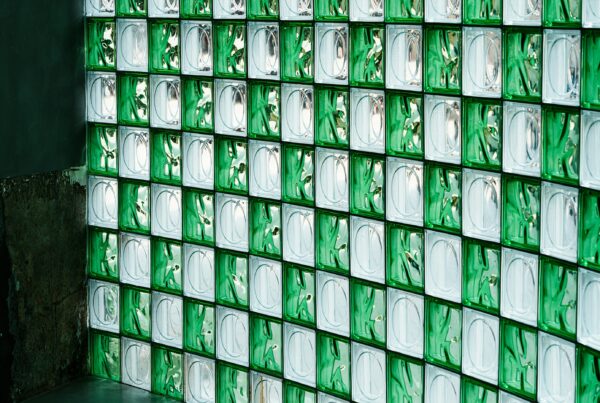Arup’s latest foray in incorporating plants for green building involves algae. Yes, algae—that simplest, most basic organism that crosses the fine line between “plant” and “animal”.

Plants for green building: Algae is the unlikely hero of this apartment building in Germany (Image from dezeen.com)
Slimy and generally featureless, algae might not be the most elegant to use. But once installed on glass panels on the façade of the BIQ apartment building in Hamburg, Germany, these humble unicellular species become quite multi-purpose.
First, they’re efficient absorbers of carbon dioxide, thereby reducing the carbon footprint. Second, they grow quite easily as long as they’re exposed to sunlight and supplied with liquid nutrients—consequently, their rampant growth provides shade and insulation for the building as well as captures solar heat to warm the building’s water tank. Finally, the algae can be harvested and fed into a biogas plant to convert into clean, renewable energy to power the building.
True, algae lacks the inherent grace of traditional ornamental plants, but they still create “a visually interesting look,” says Jan Wurm, research leader at Arup.
This is not the first time Arup has dealt with algae. As early as 2009, the firm has been studying the use of algae systems for capturing solar energy to complement with traditional photovoltaic cells.
Plants for Green Building
With its algae-powered building, Arup has just shown us how plants can really make a difference in green building.
How did our fascination with plants for our buildings start anyway? The Scandinavians have been using sod for their roofs as early as the 18th century. Even earlier were the greenhouses created for the emperor in 2nd century Rome. And let’s not forget the legendary Hanging Gardens of Babylon.
But what really made the practice mainstream was an American named Everett Lawson Conklin in the 1970s. With his large-scale garden installations for shopping malls and hotels using sturdy, well-acclimatized plant and tree species, Conklin paved the way to the popularity of interior landscaping in the U.S.
Conklin wasn’t just being a businessman; this man was clearly enamored with the symbiotic relationship between plants and humans. In his own words: “…man is inherently unhappy when in an environment in which there is an absence of plants and flowers.” Which is true, of course. Plants give off the oxygen we breathe, provide a soothing, stress-relieving environment for a building’s occupants, and can even help reduce sickness absence in office settings.
Today, we’re still relying on plants to breathe life to our built environment, but they’re no longer just accent pieces that soften the room. In Arup’s algae-laden BIQ building, plants are integral parts of the very structure, something that would have definitely made Mr. Conklin proud.
Living walls and living roofs have clearly moved beyond fad status to actual commitments by builders to nature.
Last month, urban designer Tim De Chant last month wrote a piece criticizing the practice of some building designers who overdose their renderings with trees galore just for the sake of having plants for green building. Arup had just taught them a lesson.









